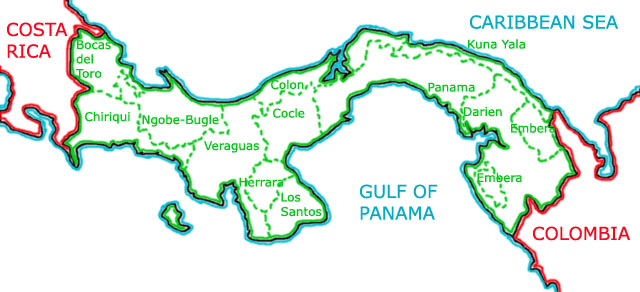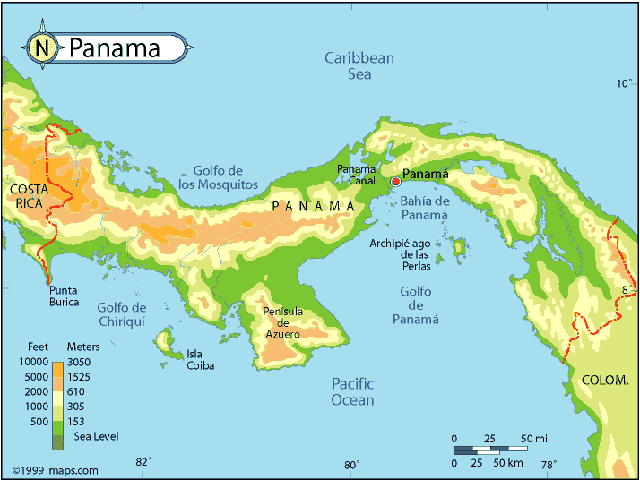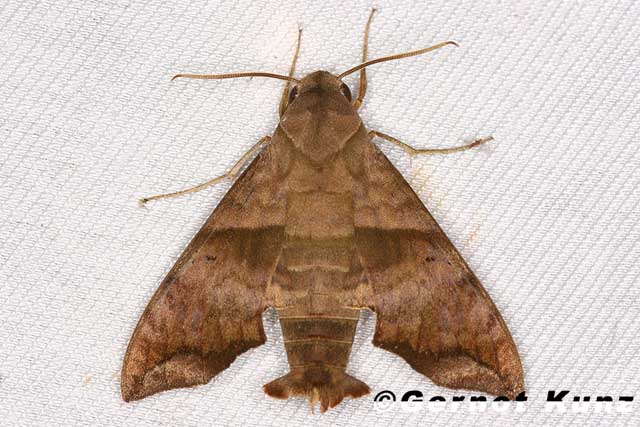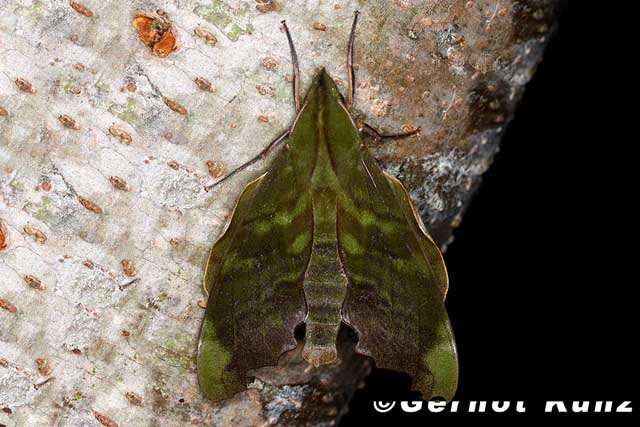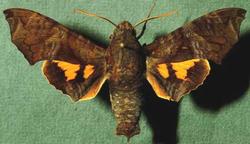
Nyceryx coffaeae yes
Almost uniform dark brown ground colour.
Outer margin not deeply hollowed out below apex, instead o.m. divided into two roughly equal, almost straight (slightly concave)
edges with slight bulge at their juncture.
Large, slightly darker trapezoid with base along inner margin, extending to bottom of cell.
|
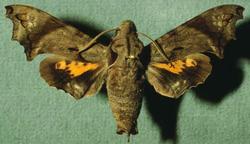
Nyceryx ericea yes
Prominent diffuse, dark arc, upwardly convex, from near midpoint of costa to anal angle.
Thin, dark, scalloped arc from apex to anal angle.
Semitransparent spots in the distal half of the forewing.
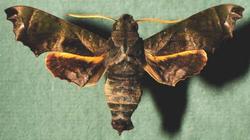
Nyceryx tacita yes
Prominent small white triangular patch in upper half of subterminal area.
Strong dark green suffusions over dark brown in costal regions.
Large dark triangular patch with base from body to midpoint along inner margin with right angle to costa.
Significant pale lines define other dark patches.
/font>
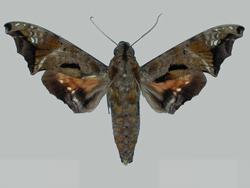
Nyceryx lunaris U
Semitransparent spots in distal half of fw and middle of hw.
Black streak on 1A+2A before middle (as in N. ericea but longer and thicker).
o. m.: dark brown patch runs from Rs4 to tornus, with apex on M2;
separate from lunule of same colour between Rs3 and Rs4.
Hw: salmon-pink to brownish-orange basal area.
UNCONFIRMED, possible stray
|
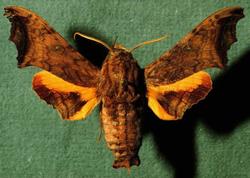
Nyceryx riscus yes
Diffuse, very dark, somewhat angular arc from apex to anal angle.
Fine but distinct lines over reddish brown ground colour.
Lacks significant addition markings on forewing.
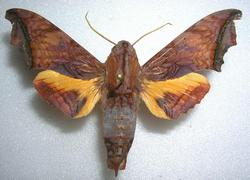
Nyceryx stuarti yes
Two black, subparallel, concave lines determnie a smooth arc from apex to anal angle with
marginal area and space between two black lines filled with light grey scaling.
Small light grey patch along inner margin. Fine lines over reddish brown ground colour.
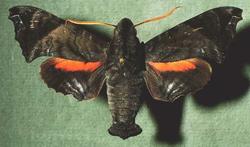
Nyceryx magna unconfirmed but expected
Fw: dark especially above and outside arc from above cell to anal angle.
Hw: brownish-orange basal area (similar to Nyceryx lunaris), pale greyish-purple bands near
anal angle.
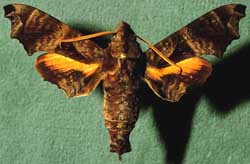
Nyceryx eximia yes
|
